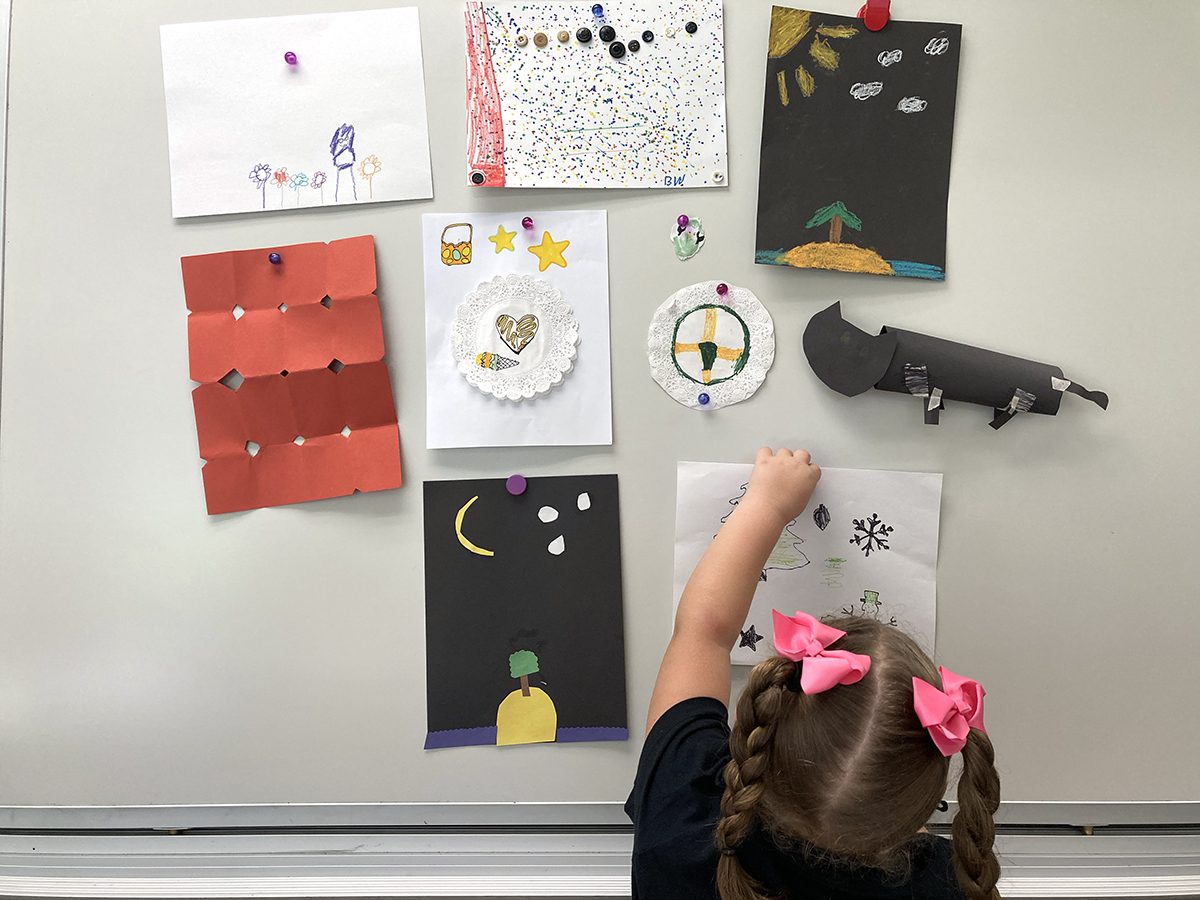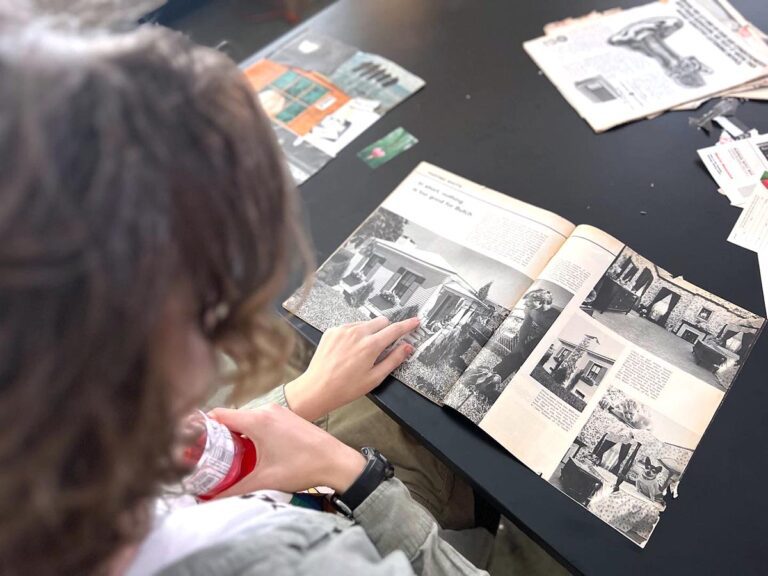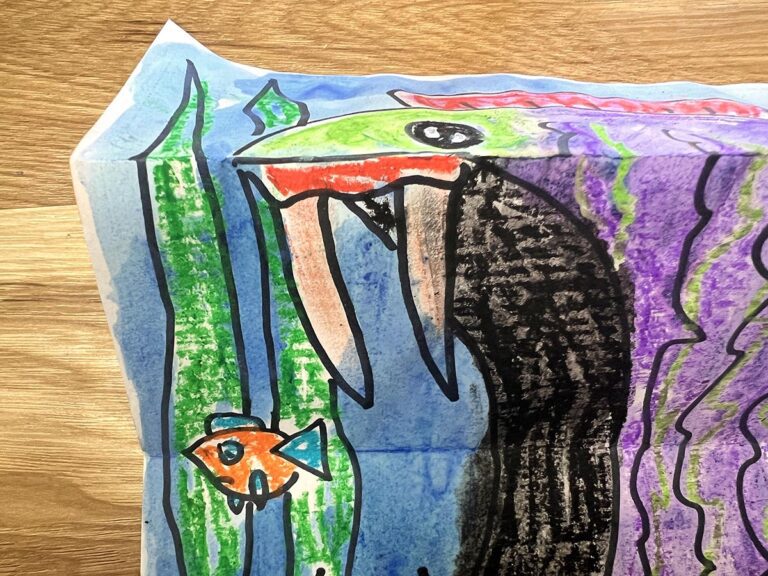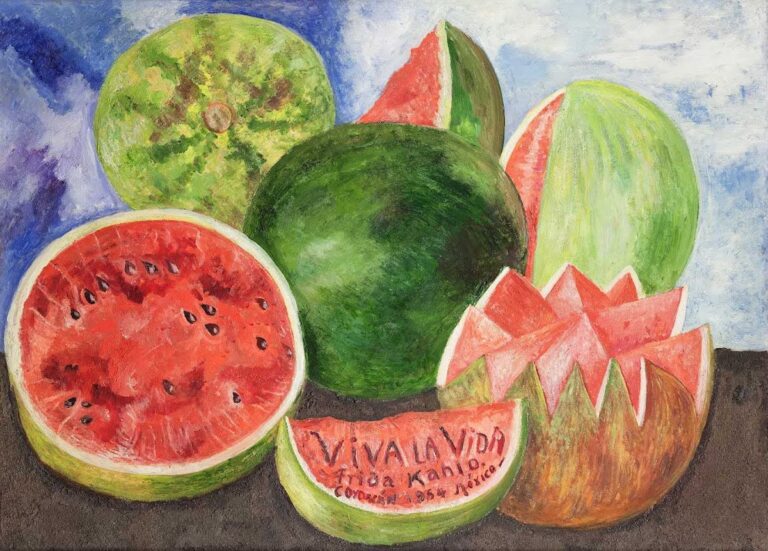Being an art teacher is one of the best jobs ever. Your days are full of sharing your passion for art, and you get to make cool stuff with your students. So much of what you do every day promotes creative leadership in the art room. In addition, you skillfully guide your students toward a common goal throughout the entire teaching and learning process.
Great art teachers are leaders themselves and foster those leadership characteristics within their art rooms. School can be rigid at times, but the art room is the perfect place to cultivate creativity and build leadership skills. Both will benefit your students in the long run.
What is creative leadership?
Creative leaders have a diverse set of qualities and traits. Among them include creativity, innovation, confidence, dedication, future-thinking, opportunity-focused, and risk-taking. As an art teacher, YOU are a creative leader. By guiding your students through the creative process, coaching them every step of the way toward their vision, you allow them to make creative decisions on their own. You empower them to be creative leaders.
Leadership traits connect easily with art education. Northeastern University published an article naming the Top 5 Qualities All Successful Leaders Have in Common. The article reported qualities such as emotional intelligence development (think of SEL), personal development and the desire to develop others, and innovation and thinking strategically for taking action. Further, leaders consider those they lead as a whole and are culturally respectful in their communication. Based on this list, can you think of ways you are teaching and demonstrating leadership skills in your art room?

Let’s take a look at 5 ways we can encourage creative leadership in our art rooms.
1. Discuss the future with your students.
Effective leadership is more likely to happen when you and your students work together. According to the Center for Creative Leadership, “students need more than traditional academic skills to succeed—they need a strong sense of self and the ability to collaborate with others to meet the complex challenges of our rapidly changing world.” What better place than the art room to explore students’ identities, the collaboration between students, and the preparation for their futures.
2. Call your students artists.
Would you like to boost your students’ confidence? Try calling them “artists” instead of “students,” “kids,” or “friends.” Amber Kane, a former writer for AOEU and the current Director of K–12 Curriculum, wrote about how calling students “artists” impacts their growth mindset. You can learn more by clicking here.
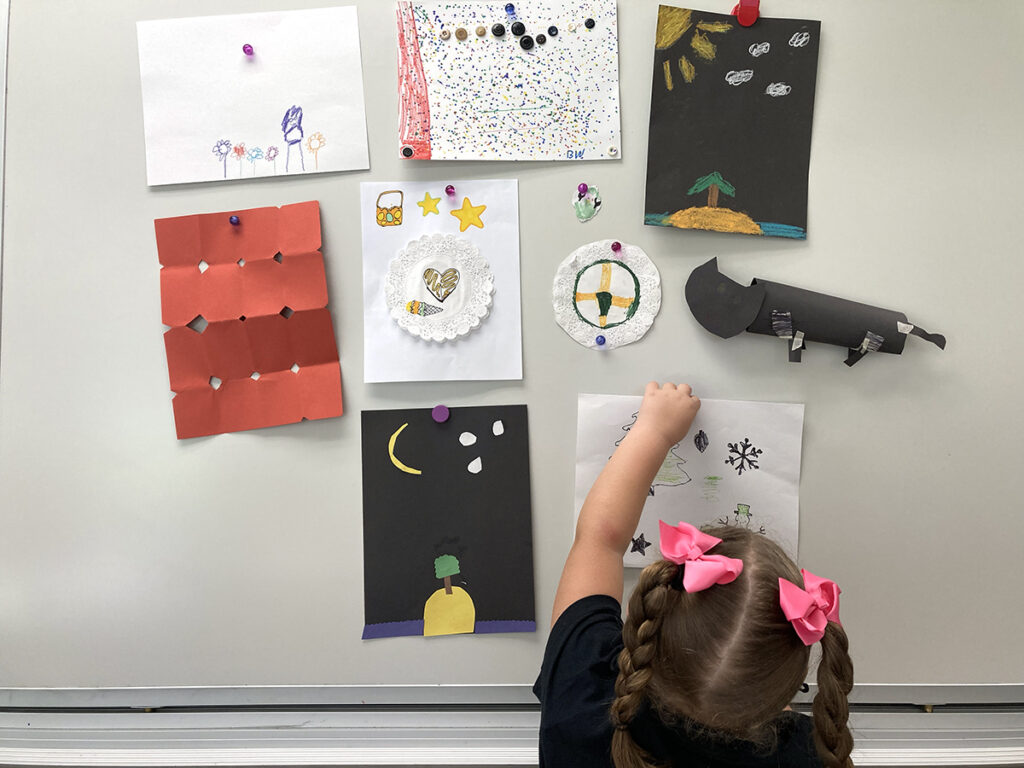
3. Trust your students and give them ownership.
Sometimes the phrases “trust your students” and “give them ownership” can be a little scary at first. Art teachers are superheroes when it comes to creativity and planning lessons. If the entire lesson is planned on our own down to what the artwork will look like, who has all of the creative ownership? When you trust your students to make decisions about their art, it will give them more ownership with their work and in your classroom culture.
The Gradual Release of Responsibility is an instructional model to help guide you through giving your students more responsibility and ownership during the creative process. Using this model can help you increase the two traits of leadership, independence and decision-making, within your classroom.
Offering choices through differentiation is another way to increase ownership and can happen in many ways. Consider choices in materials or subjects, to work alone or with others, or which art to display in the principal’s gallery. Providing flexible due dates can help as well. Heather Fountain, the author of Differentiated Instruction in Art, shared how differentiating creates “a safe space where my students are empowered to believe in themselves as leaders and decision-makers.” Students have more freedom in the artmaking process, and it builds confidence for them to make decisions on their own.
4. Set high expectations.
When art teachers set high expectations for their students, they teach, guide, and hold students accountable to meet those expectations. Expectations can come in different forms for art students, such as studying and developing original ideas, showing or talking about their creative process with others, reflecting on their art, demonstrating classroom management routines, and much more.
As a result of setting high expectations, Katherine M. Douglas and Diane B. Jaquith state in Engaging Learners Through Artmaking: Choice-Based Art Education in the Classroom (TAB), “Children work toward greater mastery because they are highly invested in pursuing their ideas.” The authors continue by giving a list of ways students meet expectations during the artmaking process. Students “find an idea, select materials to express the idea, arrange those materials plus tools in a workplace, pace themselves, create the image or structure, overcome obstacles, return materials and tools to their proper location, and discuss artwork and reflect on their progress.” All of these tasks reflect skills that creative leaders exhibit. By setting high expectations, you give your students multiple chances to practice these skills.
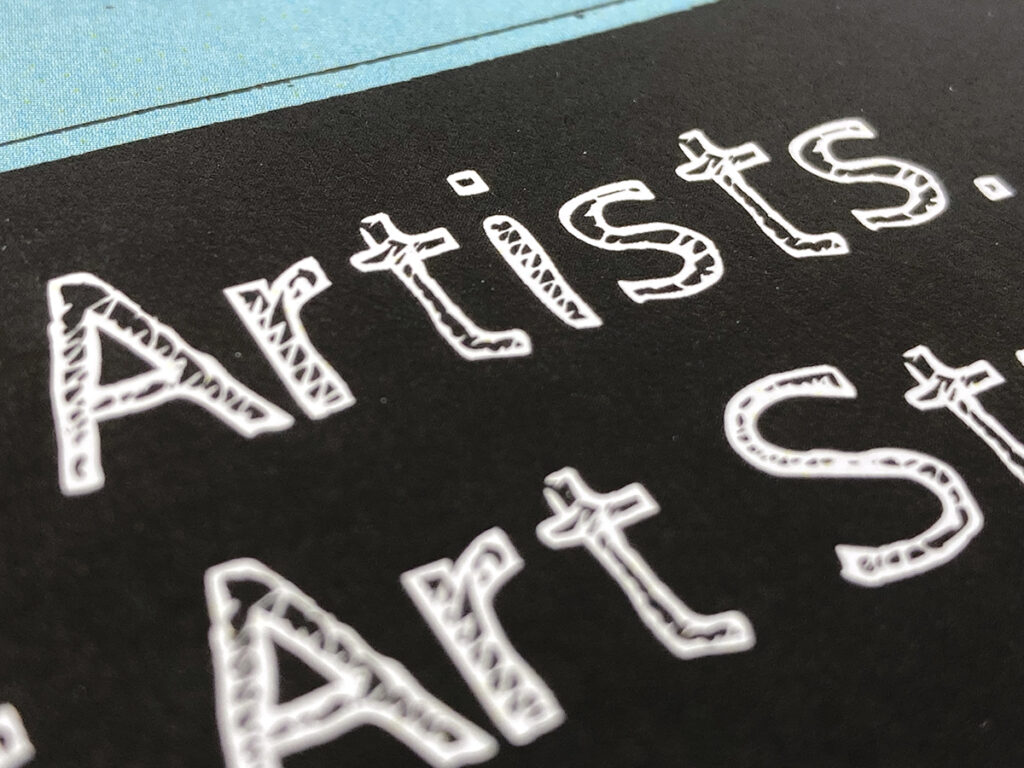
5. Encourage creative leadership through the studio process.
Artists and art teachers alike make lots of decisions involving creativity throughout the artistic process. Think of ways that you are already engaging students in leadership. Students may be brainstorming, creative problem-solving, critical thinking, setting boundaries, making aesthetic decisions, taking care of the classroom studio, or teaching others about their art. Guiding your students through these skills helps them develop and demonstrate traits of creativity and leadership.

Are you looking to stretch your creative leadership skills?
AOEU has an entire catalog of online courses tailored just for you as an art teacher. Our courses are designed to meet your individual needs at your own pace, giving you the best professional development based on current art education trends. Currently, AOEU offers several studio electives that will help you tap into your creative side and bring out the best in your students.
The NOW Conference is also a wonderful opportunity to dive into creativity in the art room. You can network and learn from other like-minded art educators while getting inspiration on the top topics and mediums in the field.
AOEU also has a number of resources available to help you develop your students into creative leaders. You can discover them by following these links:
- Everything You Need to Know About Creativity in the Art Room
- 5 Surprising Things You Might Not Know About Creativity
- How to Manage Change With a Leadership Mindset
- Building Leadership Skills as an Art Educator Pack in PRO Learning
- How Art Teachers are Helping Build the Next Generation of Leaders?
- Why You Need to Add a Creativity Course
- Celebrating Creativity with Peter H. Reynolds and Paul Reynolds (Ep. 148)
- Teaching for Creativity Pack in PRO Learning
Teaching art can be one of the most rewarding careers. When you invest time into inspiring students to feel empowered to lead in creative and new ways, you are setting them up for success. Not only are you having fun immersing yourself in what you love, but you are molding the minds of the future.
How can your role as an art teacher impact your students beyond the boundaries of the art room walls?
What are some practices you implement to foster creative leaders?
Magazine articles and podcasts are opinions of professional education contributors and do not necessarily represent the position of the Art of Education University (AOEU) or its academic offerings. Contributors use terms in the way they are most often talked about in the scope of their educational experiences.
